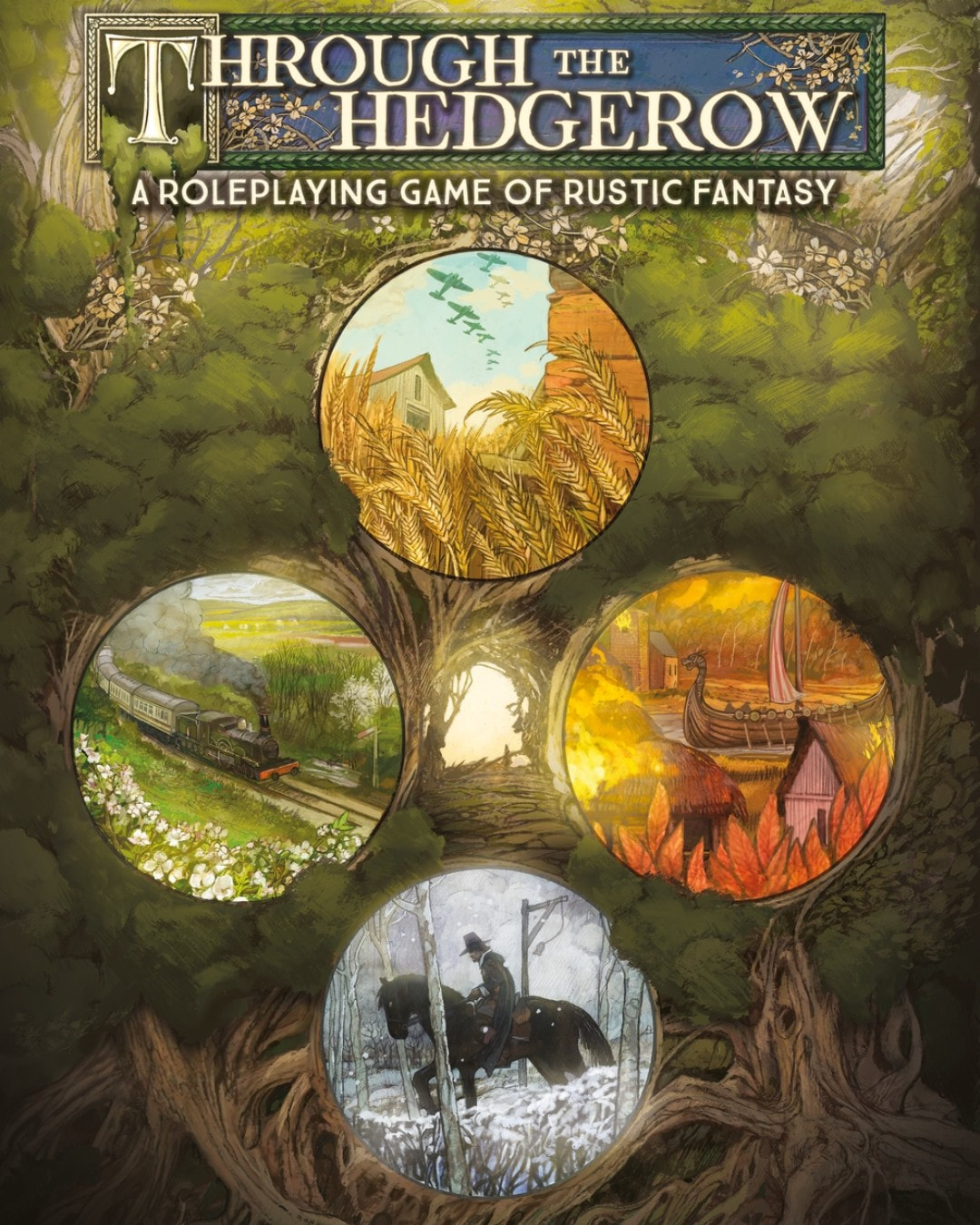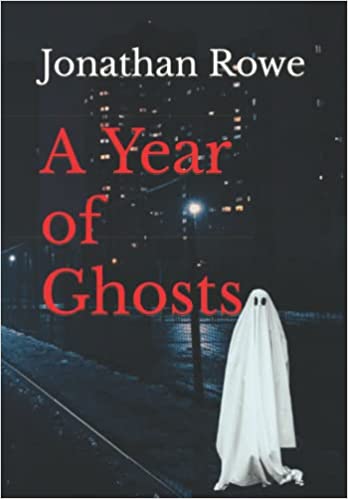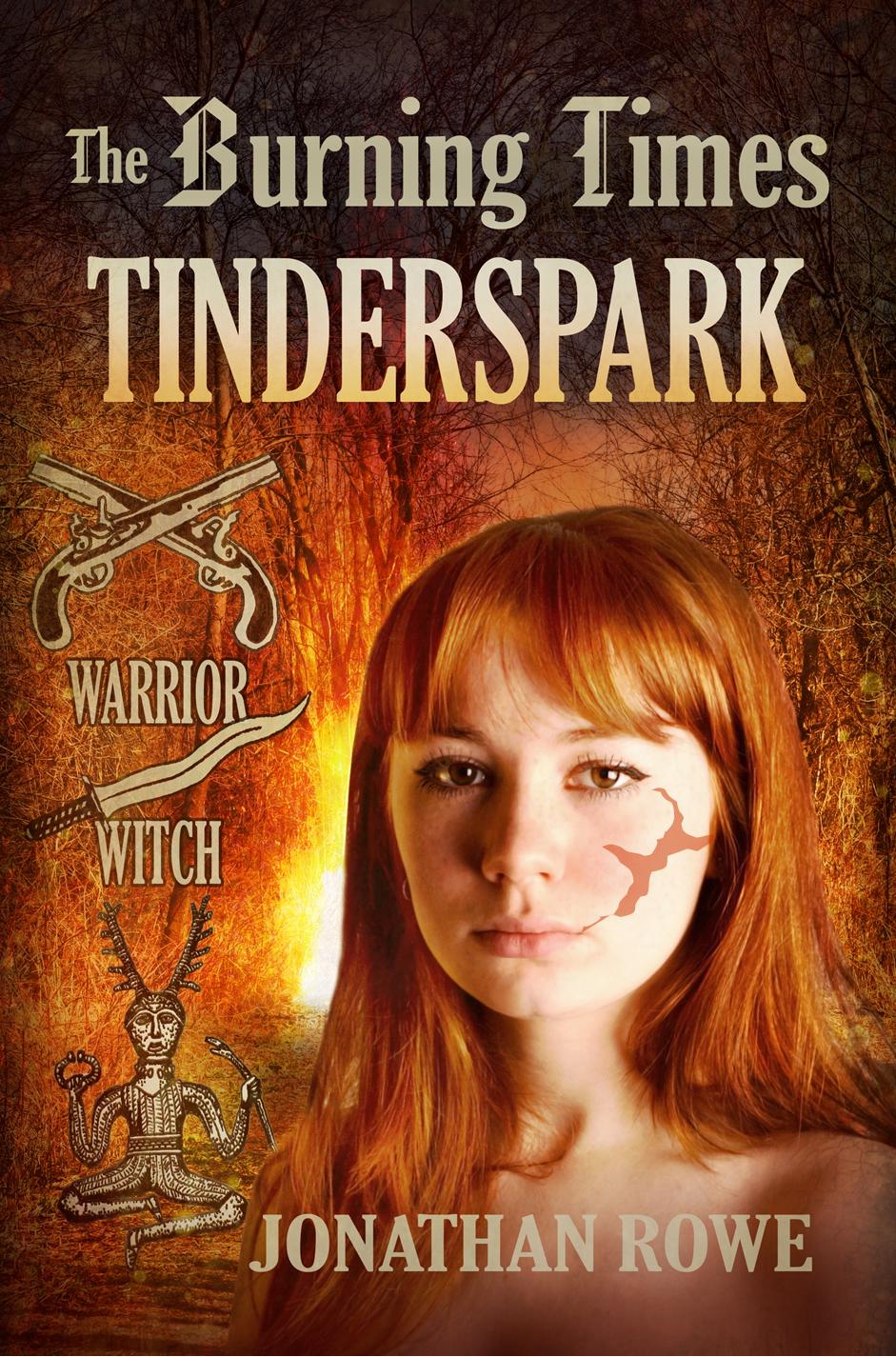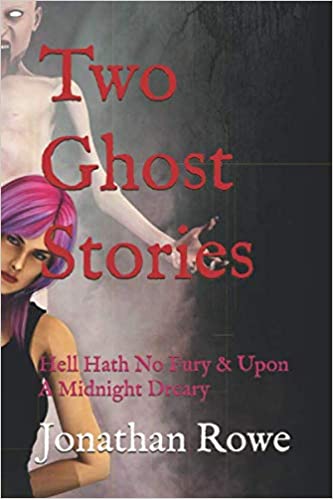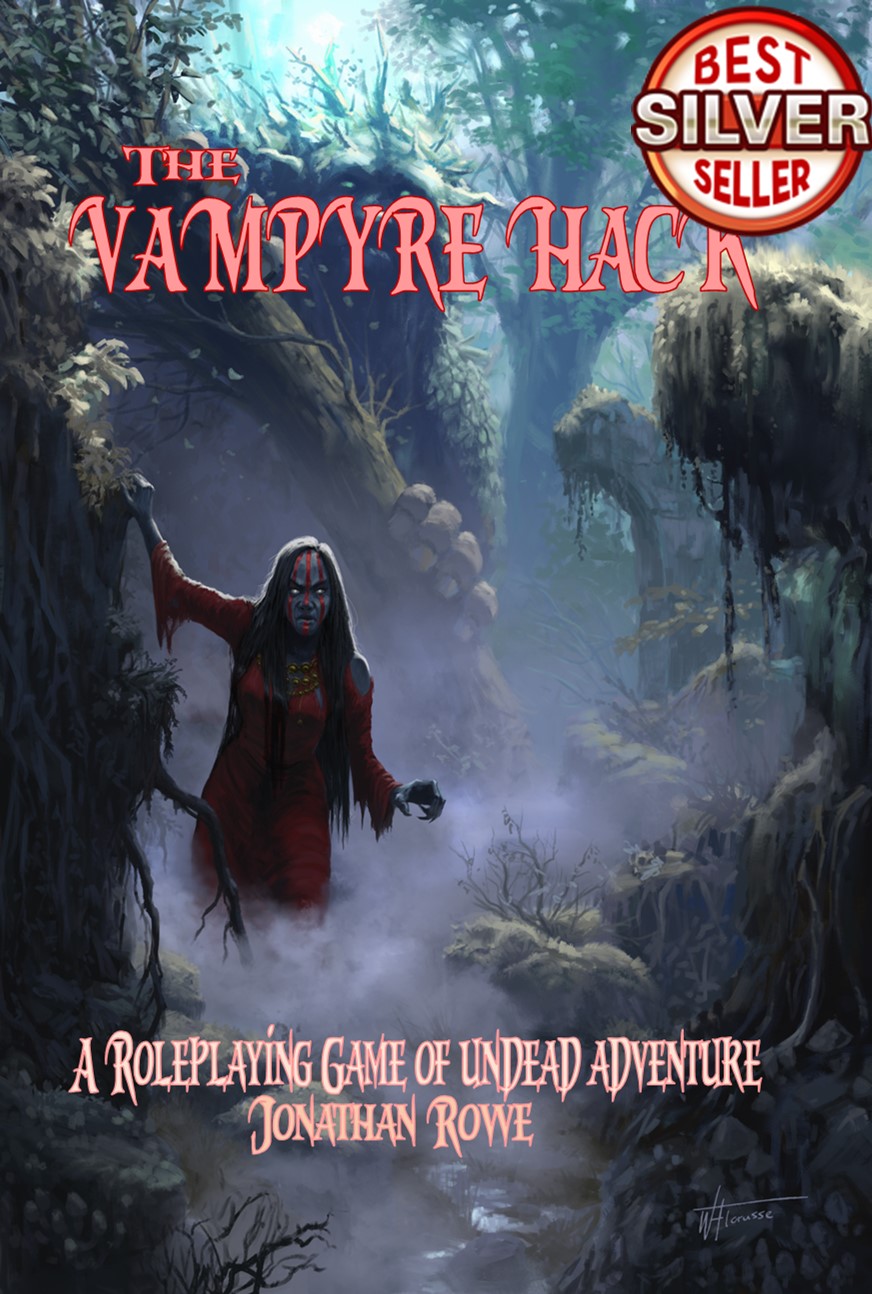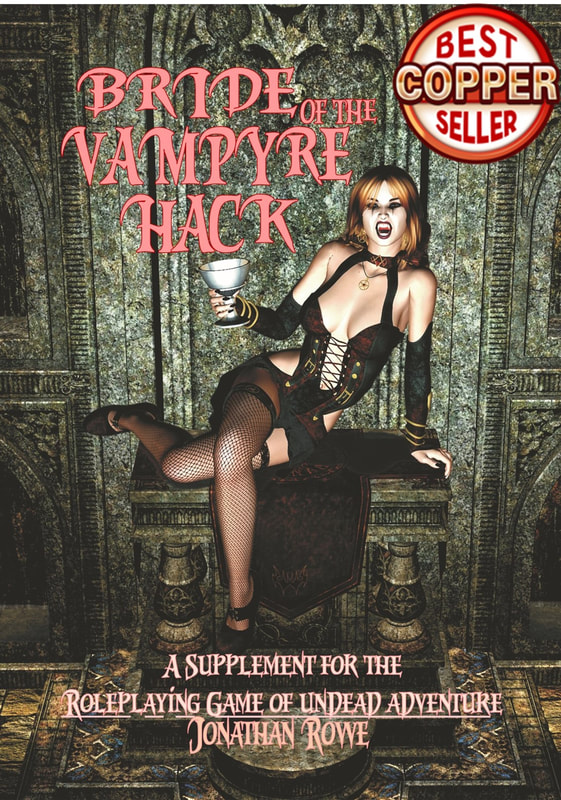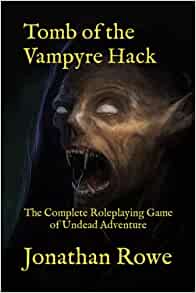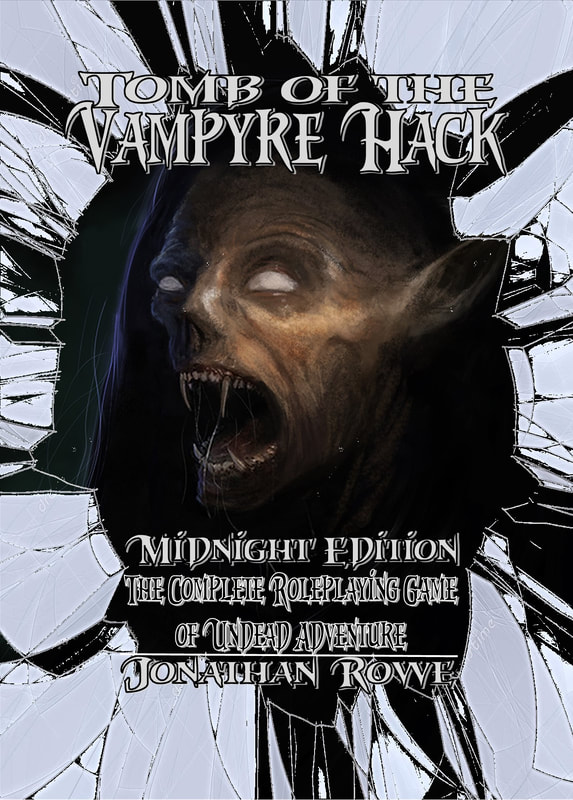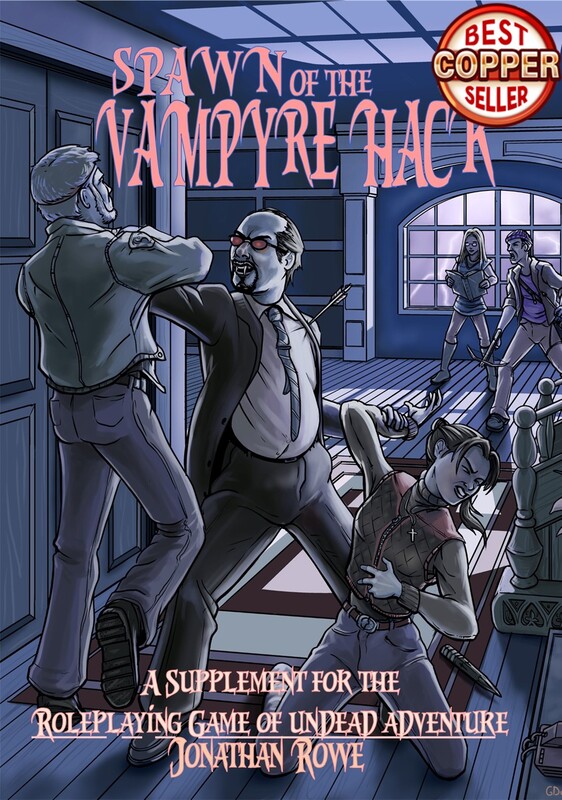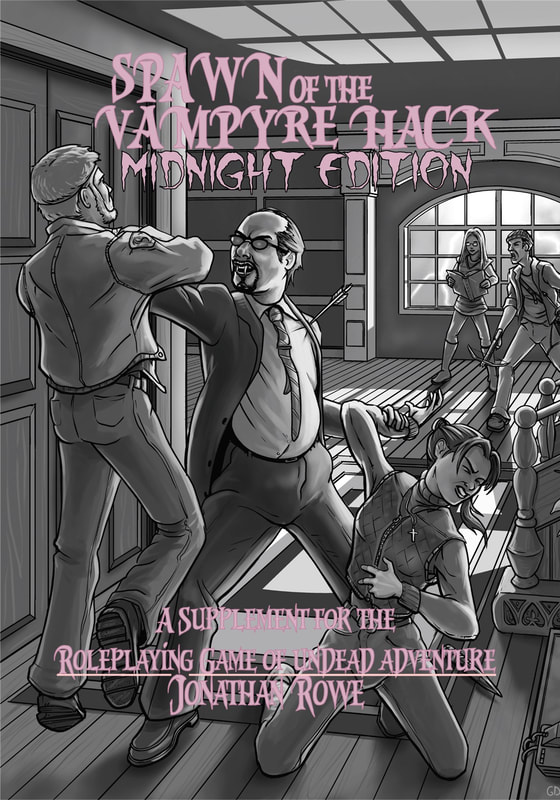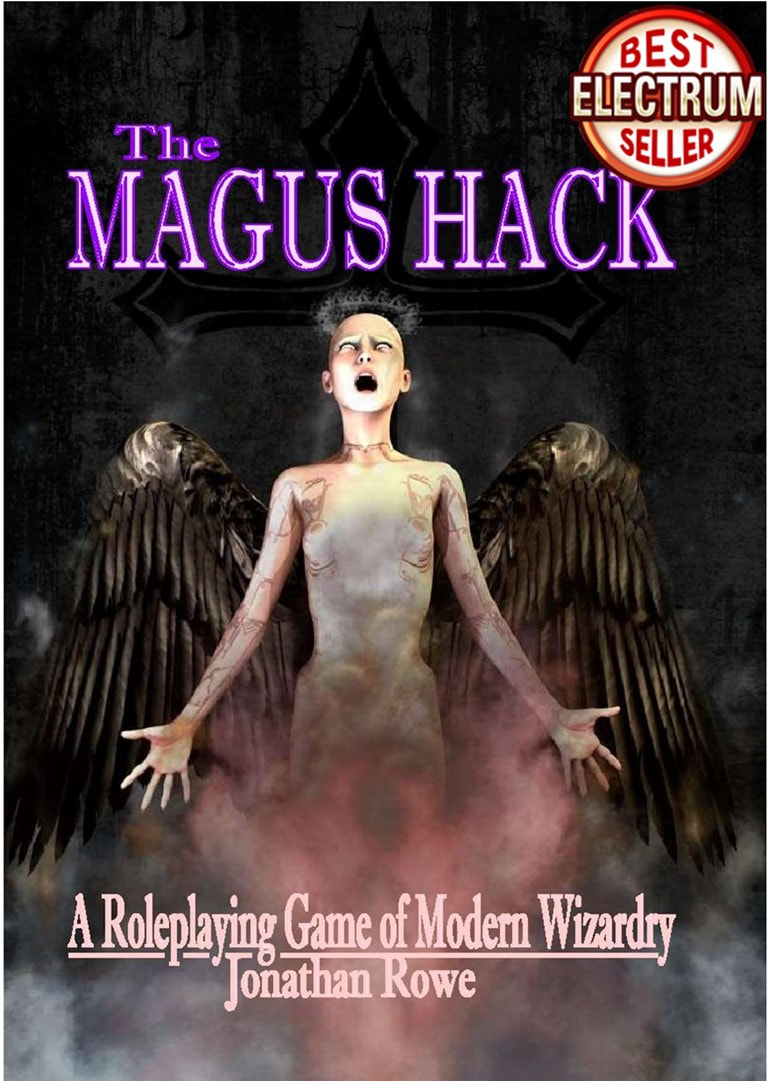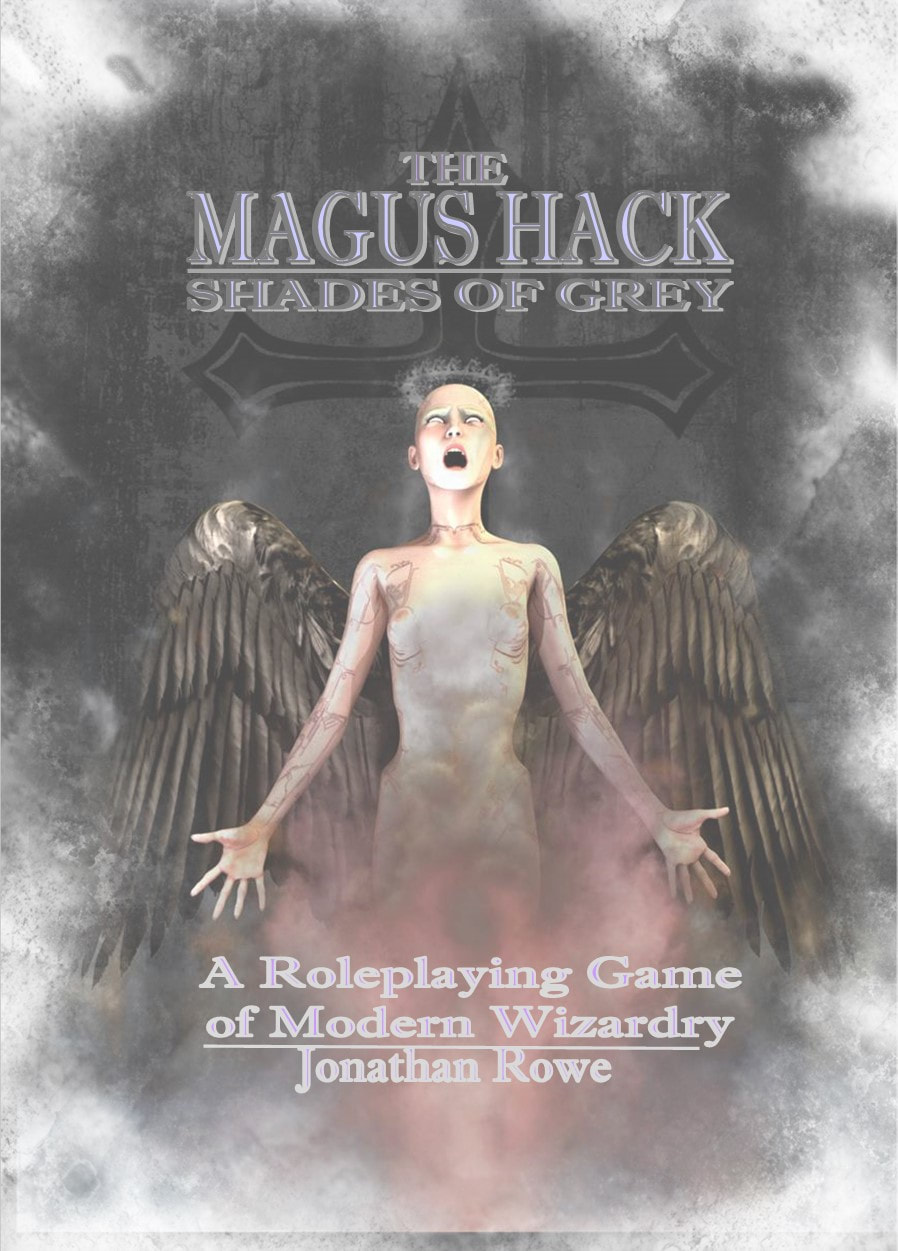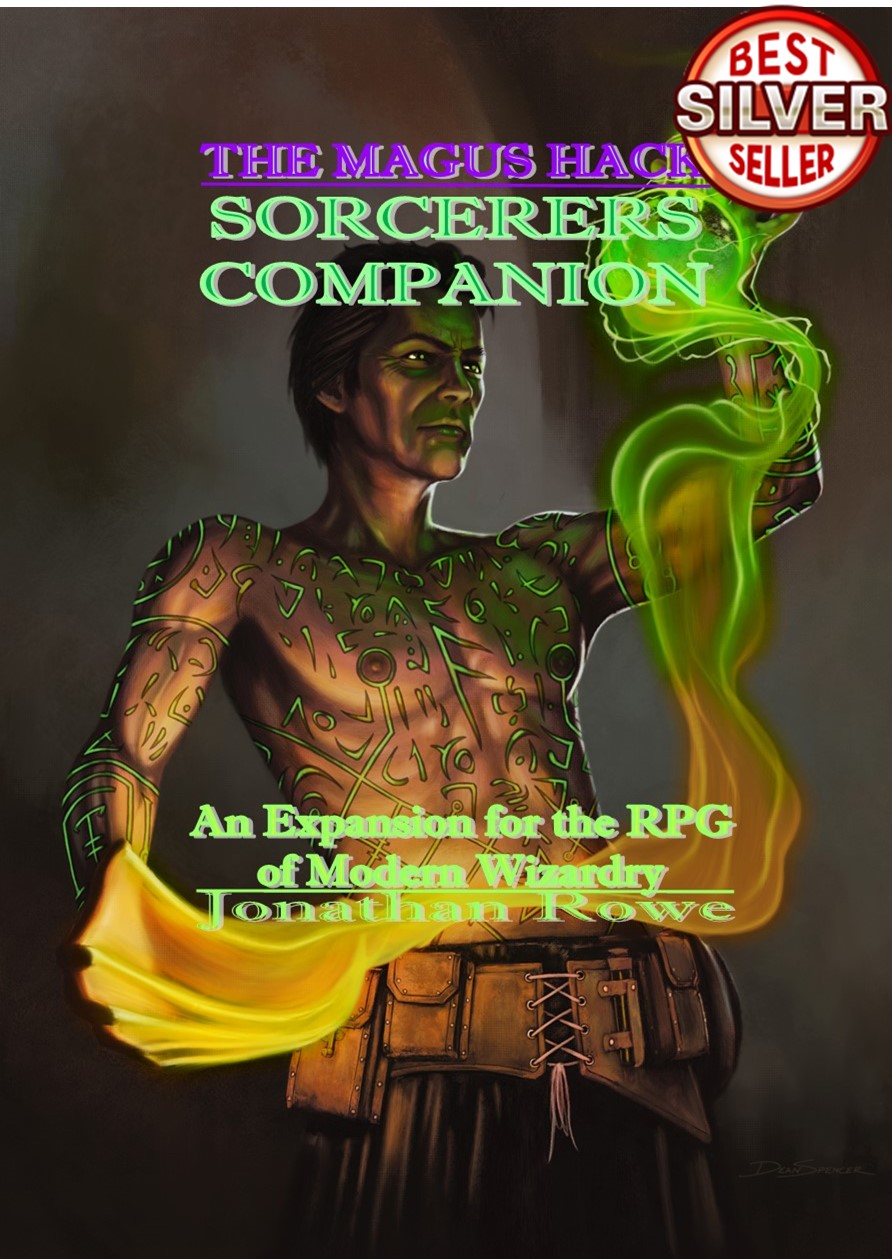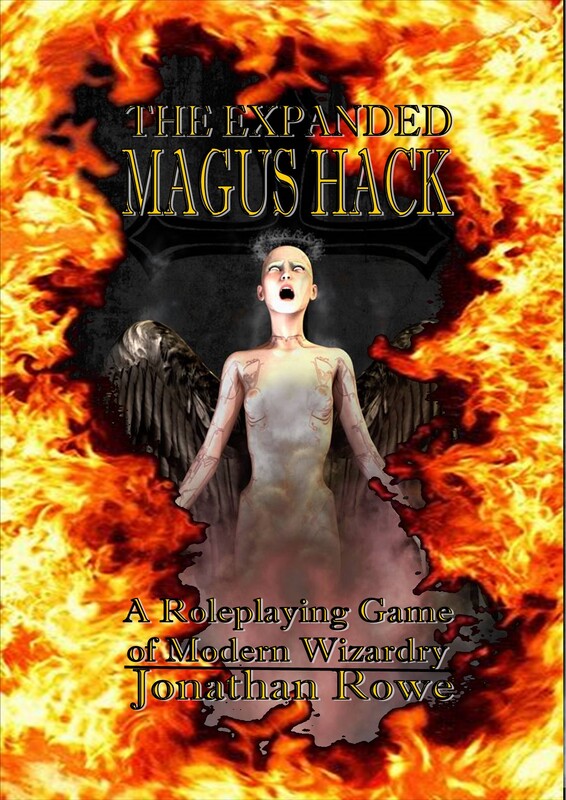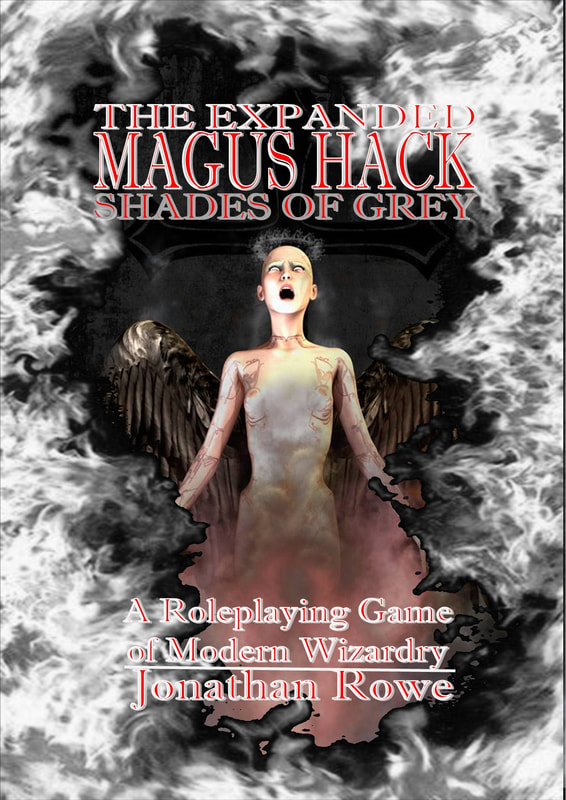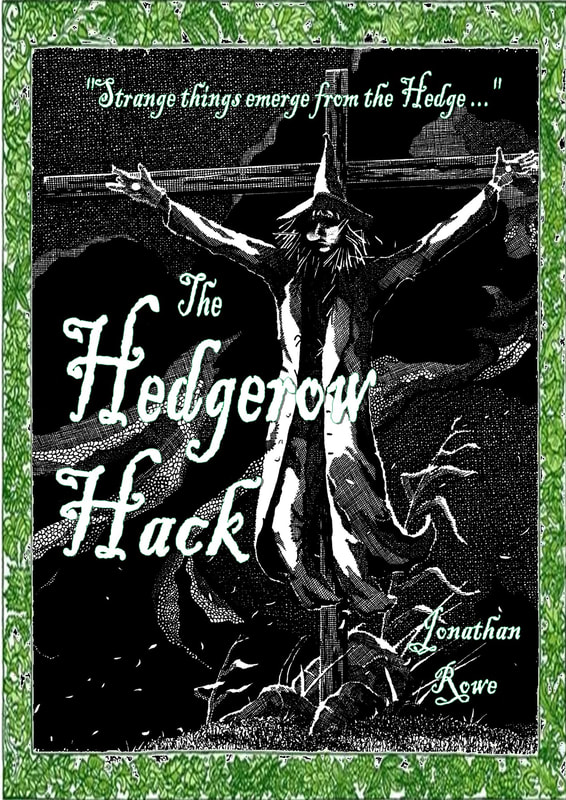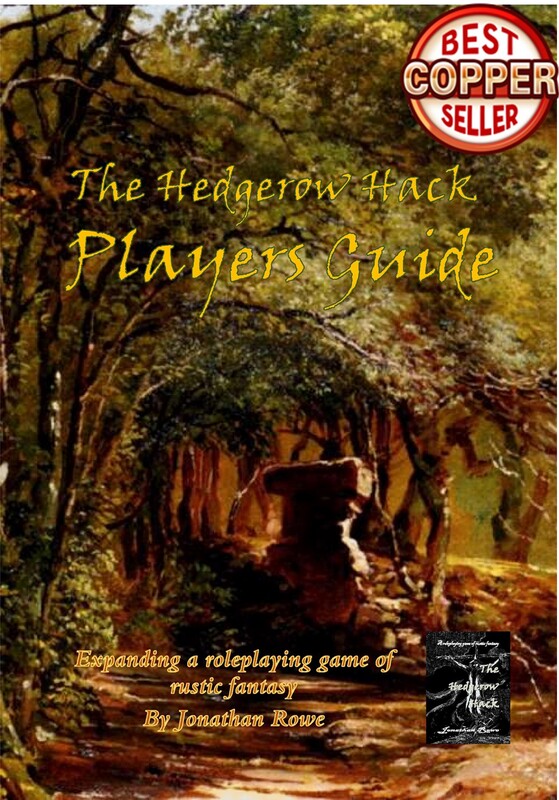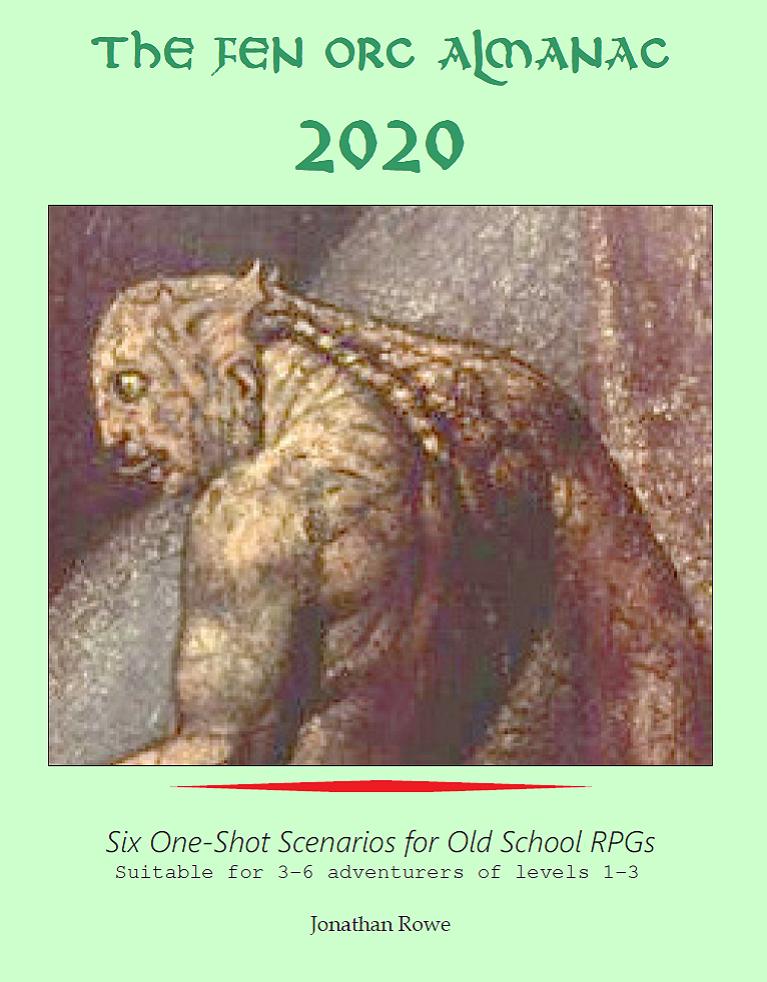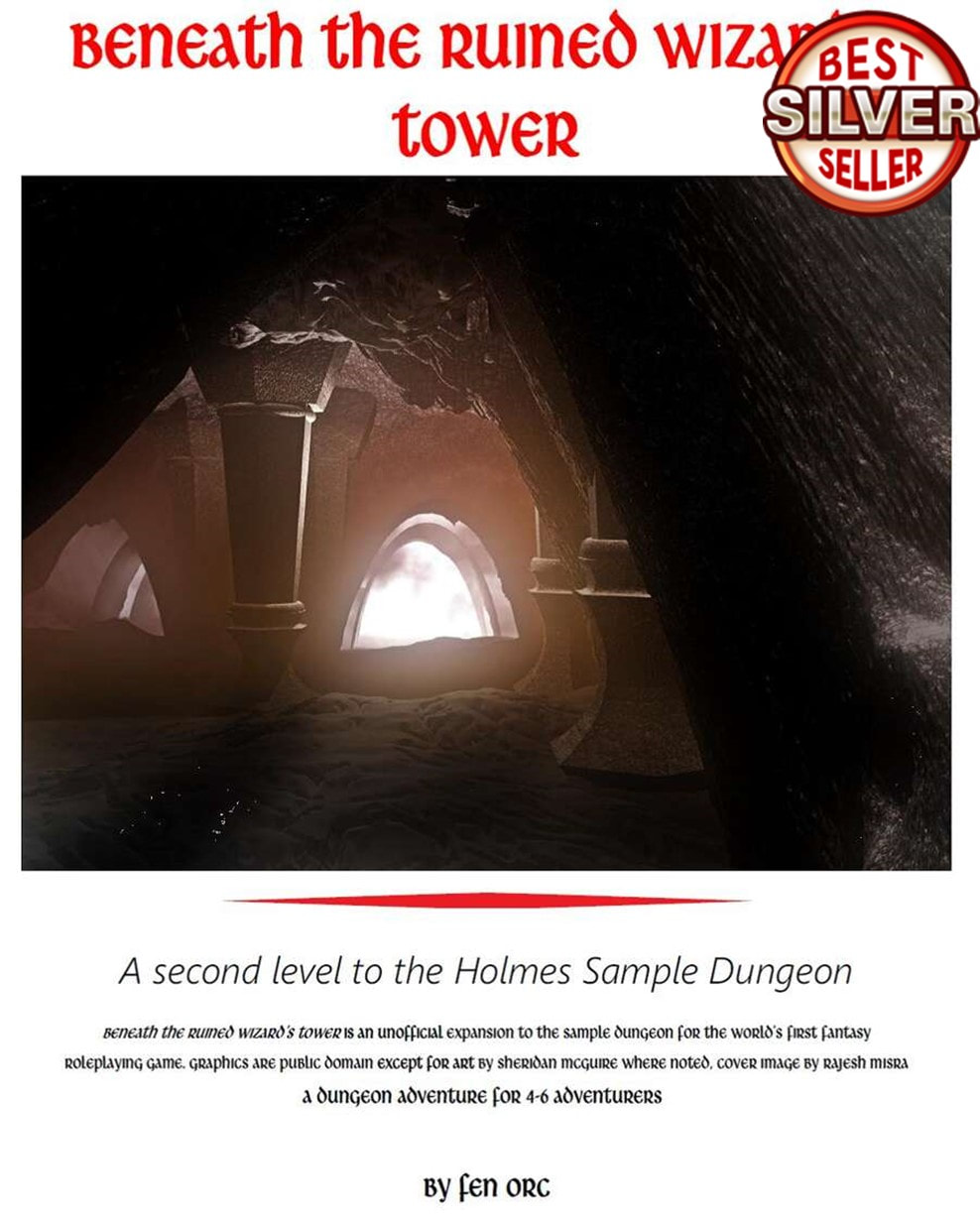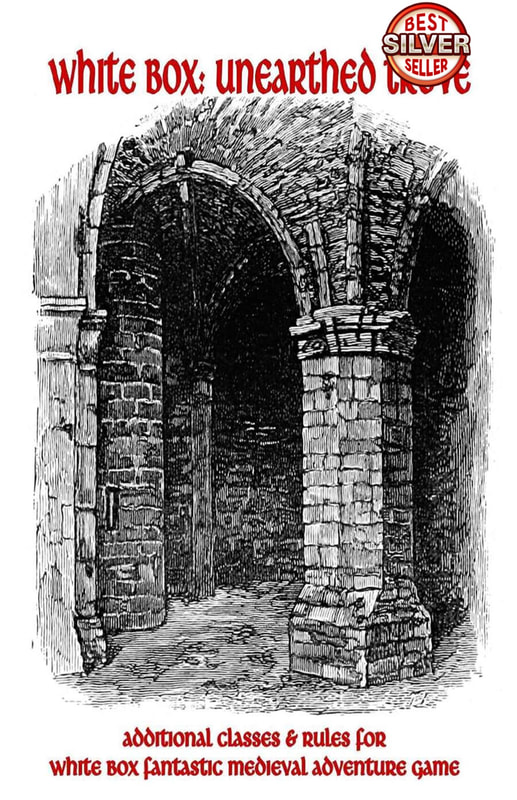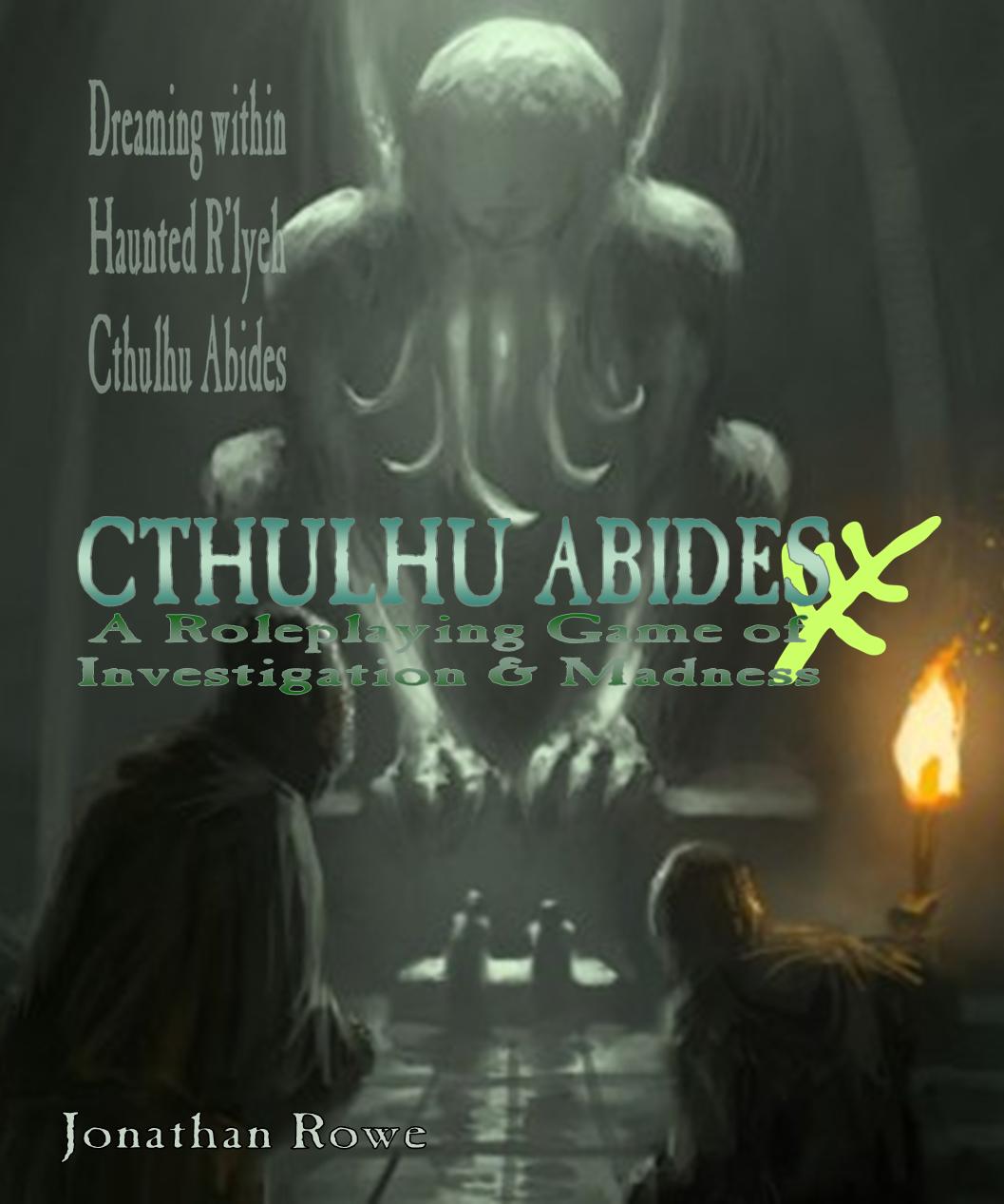|
I recently had fun dusting off and refining my No Fear Psionics rules for Dragonslayer RPG. Now it's time to add the psionic monsters to the Dragonslayer roster - and that means an opportunity to reconsider these (largely underused) critters and their contribution to D&D over the years. Most of these monsters are familiar from the revered 1st edition Monster Manual (1977), although Githyanki and Githzerai turned up in the later Fiend Folio (1891). However, many of these monsters pre-date AD&D. They first appeared in 1976's Eldritch Wizardry supplement along with the first rules for psionics. In fact, Mind Flayers go back even further, to the first issue of Strategic Review in 1975. So, whatever you might think of psionics (and most people seem to think very poorly of psionics), these are 'core monsters' who perhaps deserve a little more love. Perhaps. Whoops!!!! I'd love to see a D&D monster manual from 1891, but we all know the Fiend Folio was from 1981. Thanks, Internet, for catching this one! The 'Psi Pests'This is a suite of monsters who function more as traps than as combat encounters. Think of them as 'psi pests' - the grit in the ointment of psionicism, inconveniences you have to take account of once you've become psi-aware.
In AD&D, these beasties drain your psionic defence points at quite a rate. You can't psionic them back: you have to dig them up and splat them (they've only got 1hp) or run away. Much merriment as the psionicist writhes, screaming 'Get them out of my MIND!' while the rest of the party grabs shovels to dig out these rodents and play whack-a-mole. Much less merriment if the victim is someone using psionic-style magic, in which case there's a solid chance of permanent insanity. It's a bit hard to imagine placing these creatures in a dungeon or wandering monster table: if you're not using your powers, they do literally nothing; if you are, then non-psionicists might end up losing a PC to them, while actually psionicists probably only face losing a lot of points that they can restore by resting. Cerebral parasites are mere annoyances. They attach themselves to you if you're using psionics or psi-magic while they are nearby and they drain your psionic power. Cure disease gets rid of them once you know they're there, so keep a cleric or paladin handy. I could imagine a cruel DM placing these things on a magic item or an infested monster, so the PCs acquire them during looting. Players will quickly realise what's going on as their psionic strength drains away - so if you don't like psionics but a PC has got them, infesting them with parasites is a great way of making sure they can't use their powers . The psi-variant grey oozes and yellow molds are entertaining twists on familiar monsters. Their psionic powers are pretty much one-shot-and-done, but I like the idea of a mold dominating a hapless psionicist and using them to attract more victims.
I've allowed Tower of Iron Will to count as an partial defence against thought eaters, just so that experienced psionicists can do something against these things - otherwise, ditch your armour and run away. Mid-Level Mind Menaces
The point is, if the psionicist accidentally summons these things with a mental shriek, her non-psionic comrades will be less than impressed!
Stross's original Githyanki were really just high level human fighters and magic-users (with a few anti-paladin bosses), hanging out on the Astral Plane, wielding OP magic swords, and riding red dragons, plus pretty fulsome psionic powers The Githzerai were boring by contrast - but then, pretty much anything is boring by contrast with that. I've toned down the swords (I mean, why would you make them intelligent as well?) and devised a simpler table for randomly generating a Gith band and their equipment. Essentially, this is a slimmed down version of the two groups suitable to be 'psionic wandering monsters.' I've made the Githzerai into monks and illusionists, to distinguish them somewhat from the Githyanki, and given both groups a resistance to mind flayers' anti-magic (otherwise, why on oerth would they specialise in being spellcasters?). Naming the silvery material they forge into swords and armour as orichalcum is a nod to medieval alchemy.
Next, it's those tentacles, which slurp your brain 1d4 rounds after a successful hit, no save.
I've toned mind flayers down a bit. In my 'No-Fear Psionics' rules, Tower of Iron Will is pretty good against psionic blasts, forcing the MF to roll to hit AC 0 against everyone protected by it - and then saving throws for the non-psionicists too. I allow you to whack the tentacle that's reaching for your brain, forcing it to withdraw. I've made their anti-magic a flat 1-5 on a d6 immunity - and I think PC spellcasters should be able to take a Feat like 'Astral Magic' that overpowers magic resistance, reducing its effectiveness to 1 in 6.
These monsters raise questions in my mind about what the original designers intended for psionics. Psionic combat gets very unbalanced when someone is outnumbered, which is probably why all of these monsters only turn up in groups of 1-4. Heaven help you if you end up in a Githyanki lair, because no individual can resist multiple competent psionicists coordinating their attacks. Mind flayers and intellect devourers seem to be designed to force you to engage with them psionically. MFs are practically immune to magic and the tentacles deter anyone from entering melee combat with them. IDs are pretty much immune to anything you can throw at them besides psionics. In other words, if you don't use psionics in your campaign, you can't reasonably deploy these iconic monsters, at least not RAW. Top Tier TelepathsWhen Eldritch Wizardry first introduced demons, a number of them were revealed to be powerful psionicists. It doesn't really hang together for me. Demons and devils seem to be the embodiment of clerical magic or sorcery, not SF-themed psionics. Psionics fit well with the alien mind flayers and their githian rebels. Why do infernal beings have psionics?
If the embodiments of evil are psionicists, then the avatars of good need to be psionic too. In EW, couatl, shedu, and ki-rin get psionic powers and titans are entirely immune to psionic attack. Then the Monster Manual goes and gives titans psionic attack modes too, which is dumb. Titans can wander into the infernal realms and psionically clobber demon lords are arch-devils and there's nothing the bad guys can do to them in return. Silly. Also silly is the lazy way couatl are assigned "9 to 16 clerical abilities with commensurate attack and defence modes" - the Monster Manual restricts it to 6 powers but retains the baffling reference to "commensurate" modes, whatever that means. Since Greg Gillespie didn't see fit to import shedu or ki-rin into Dragonslayer, I'm not going to bother either. I doubt anyone misses them. I've assigned some psionic stats to couatl and I recommend making titans fully immune to psionics, but without any psionic attack powers, as per original Eldritch Wizardry. Begun, the Mind Wars Have ...!?!If you have a psionic PC in your campaign and you use my No-Fear Psionics rules, you might decide to use the 'alarm' penalty for psionic misuse. This means that, once Psionic Stress builds too high, the psionicist discharges it in a psychic shriek that attracts psionic wandering monsters. This gets you over the problem of stocking dungeons with brain moles or thought eaters - they might turn up anyway if the psionic PC is careless or unlucky. This procedure implies something going on in the deep campaign background: a sort of psychic cold war: the Mind War. Obviously, the Mind War is being fought between the mind flayers and the githians, but secret societies and monastic orders will also be training their members and venturing into the psychic battlefield. At the highest level, maybe infernal and divine beings are the generals - or maybe the real warlords are beholders (ahem, eye tyrants) or duergar or dark elves, maybe nagas or sphinxes or even psionic dragons. PC psionicists start off encountering psychic predators and scavengers, but as they rise in power they start meeting the scouts and shock troops of the Mind Wars. You can try telling those Githians that you're just treasure-seeking adventurers, because they will reply that you only think that's wjhat you are, that your motives and memories are not your own - then they psionic blast you. High level PCs might decide to get involved in the Mind Wars. They will probably die before they figure out what's going on. It's not just the monsters being teleported into your fortress or your loved ones being dominated into killing you - it's the realisation that you can't trust your memories, that you may in fact be dreaming, that you cannot even be sure you are who you think you are. Damn - now I want to run a high level psionics campaign.
0 Comments
Leave a Reply. |
30 Minute Dungeons
Essays on Forge
FORGE Reviews
OSR REVIEWS
White Box
THROUGH THE Hedgerow
Fen Orc
I'm a teacher and a writer and I love board games and RPGs. I got into D&D back in the '70s with Eric Holmes' 'Blue Book' set and I've started writing my own OSR-inspired games - as well as fantasy and supernatural fiction.. Archives
July 2024
Categories
All
|

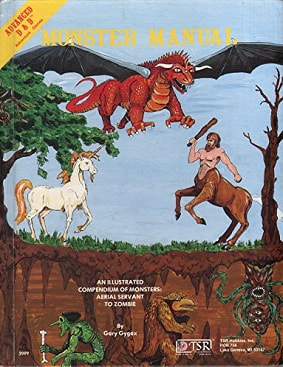
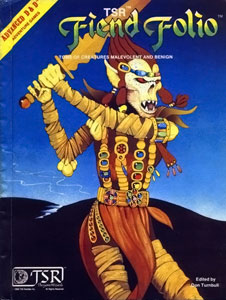
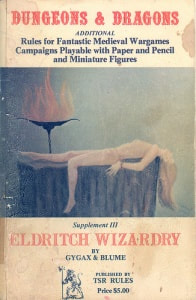
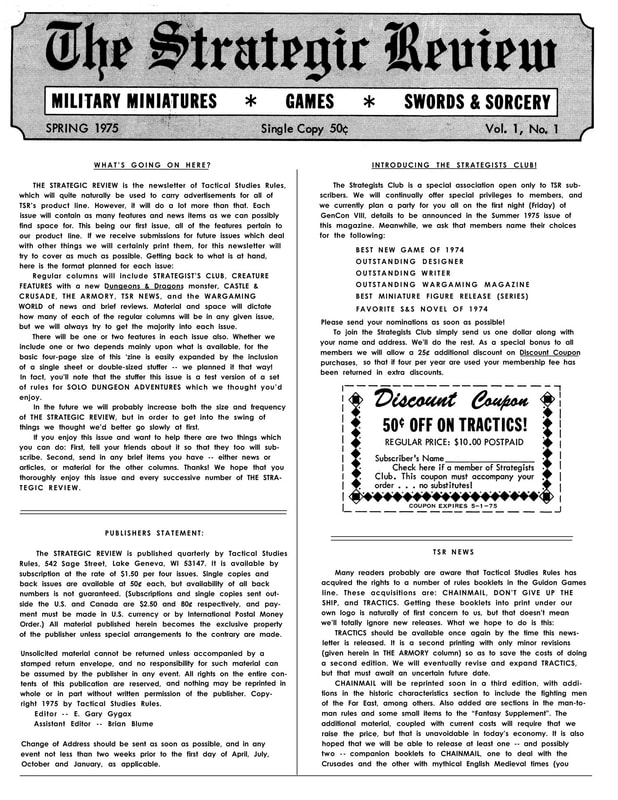
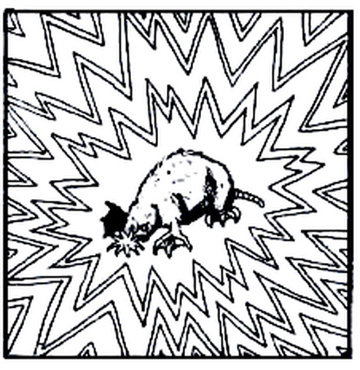
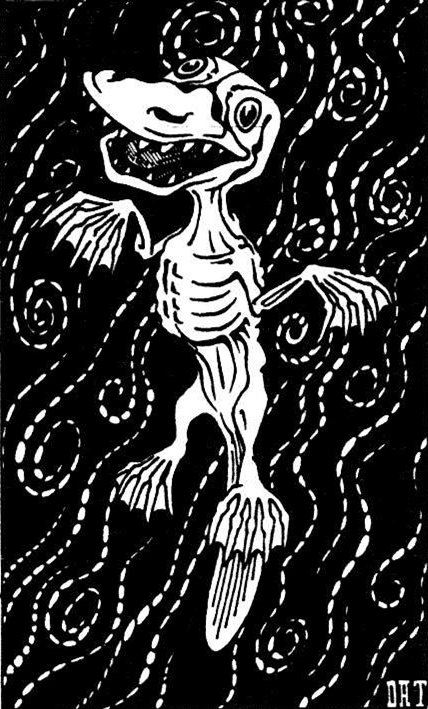
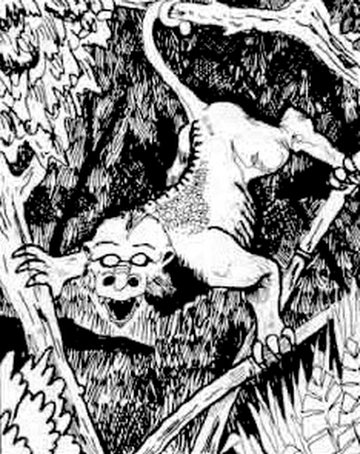
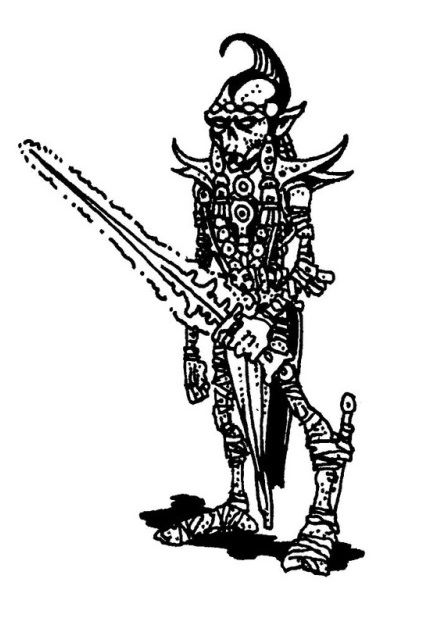
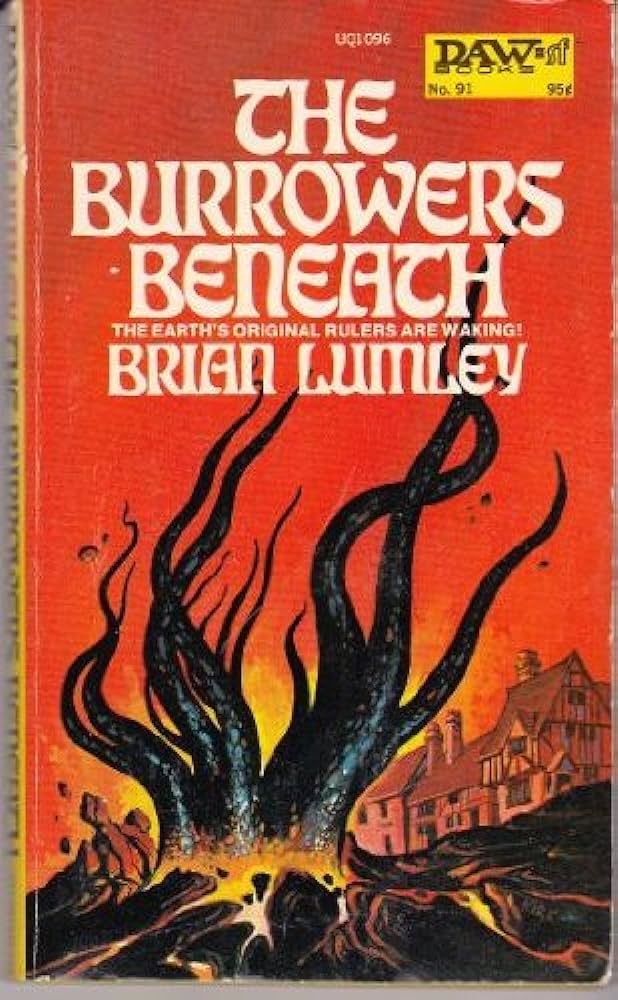
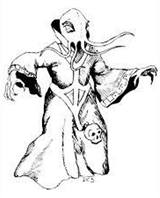
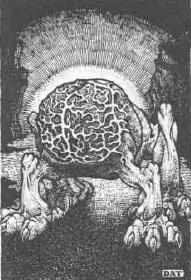
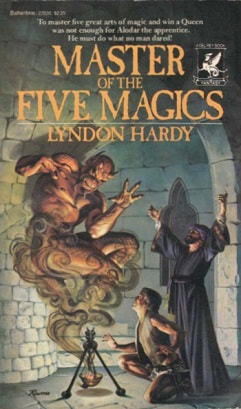
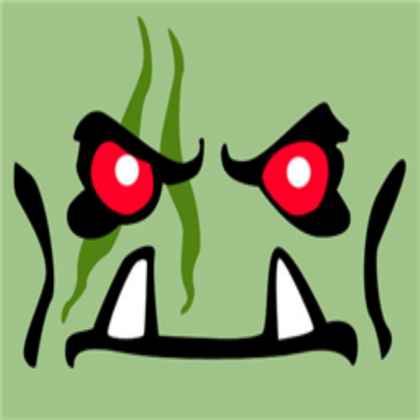
 RSS Feed
RSS Feed
